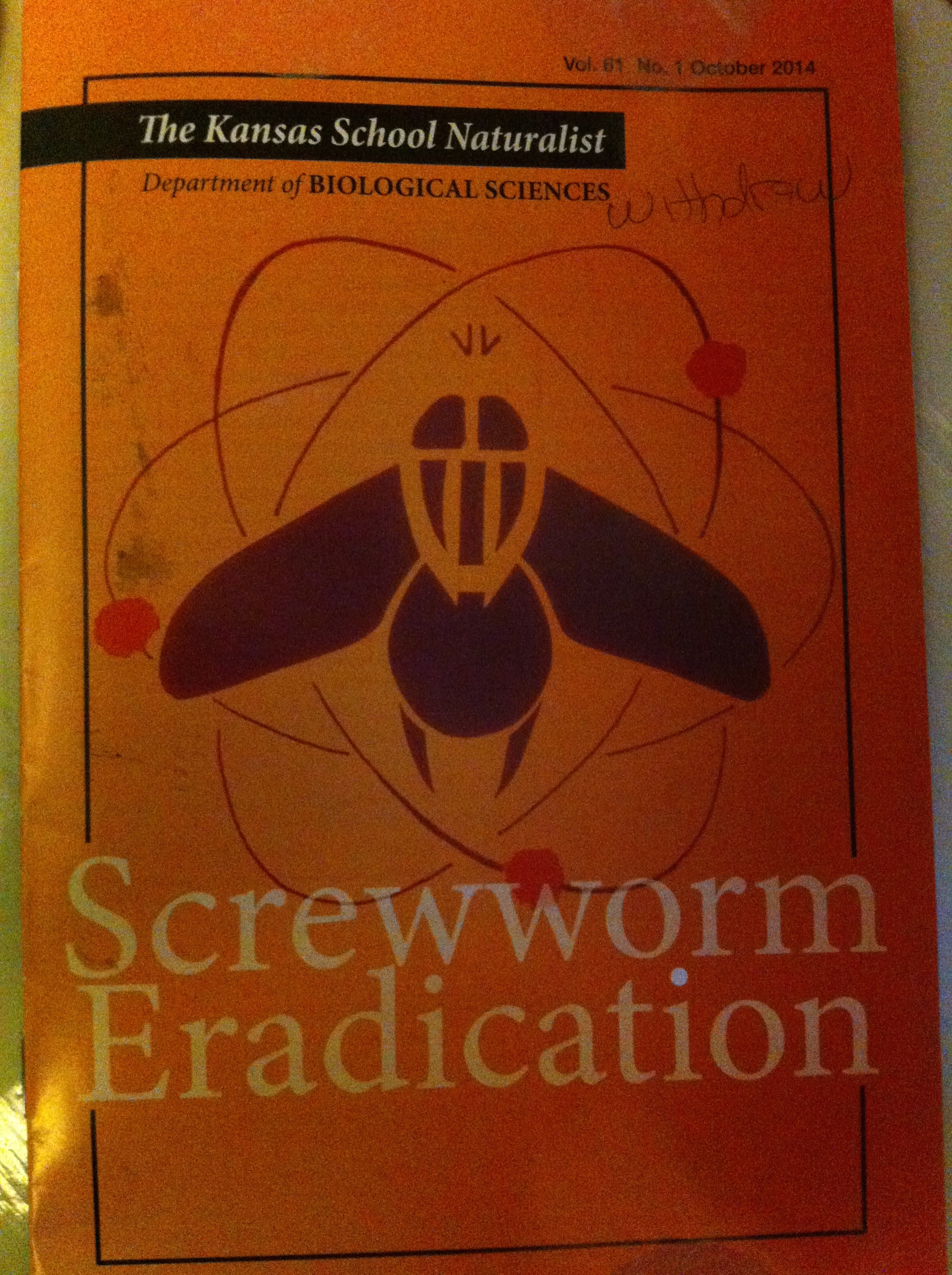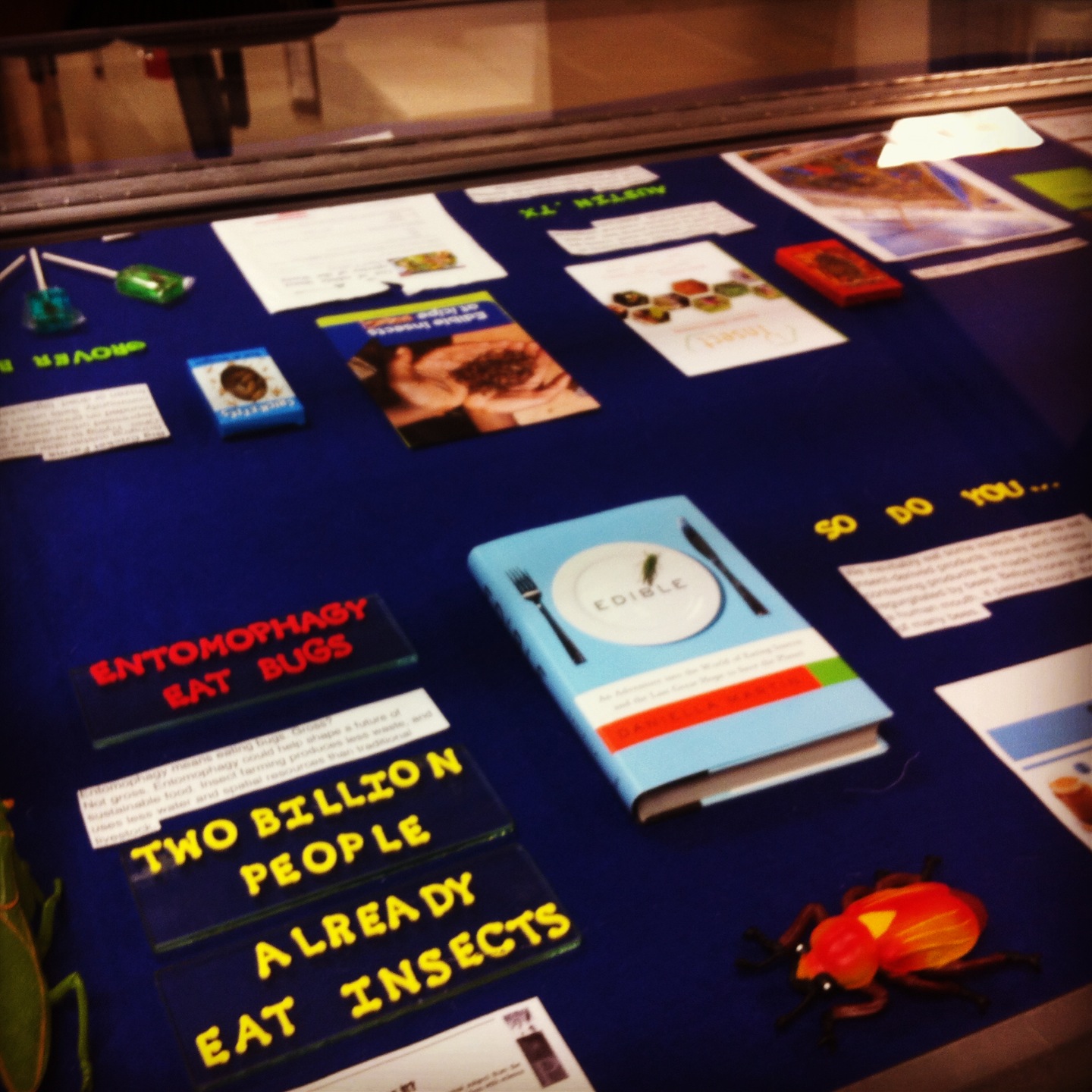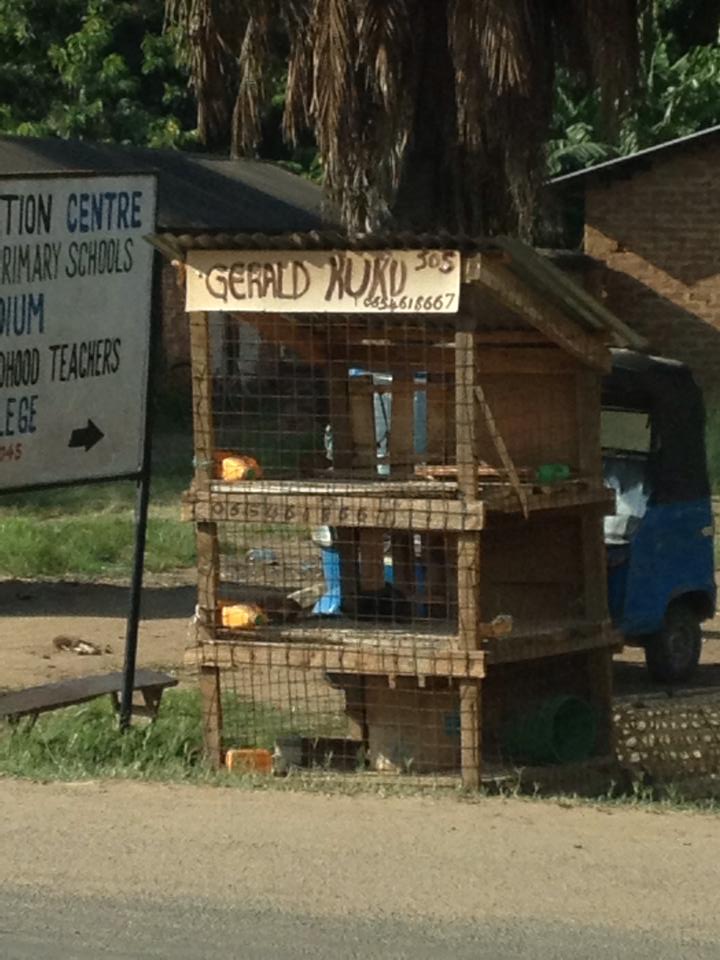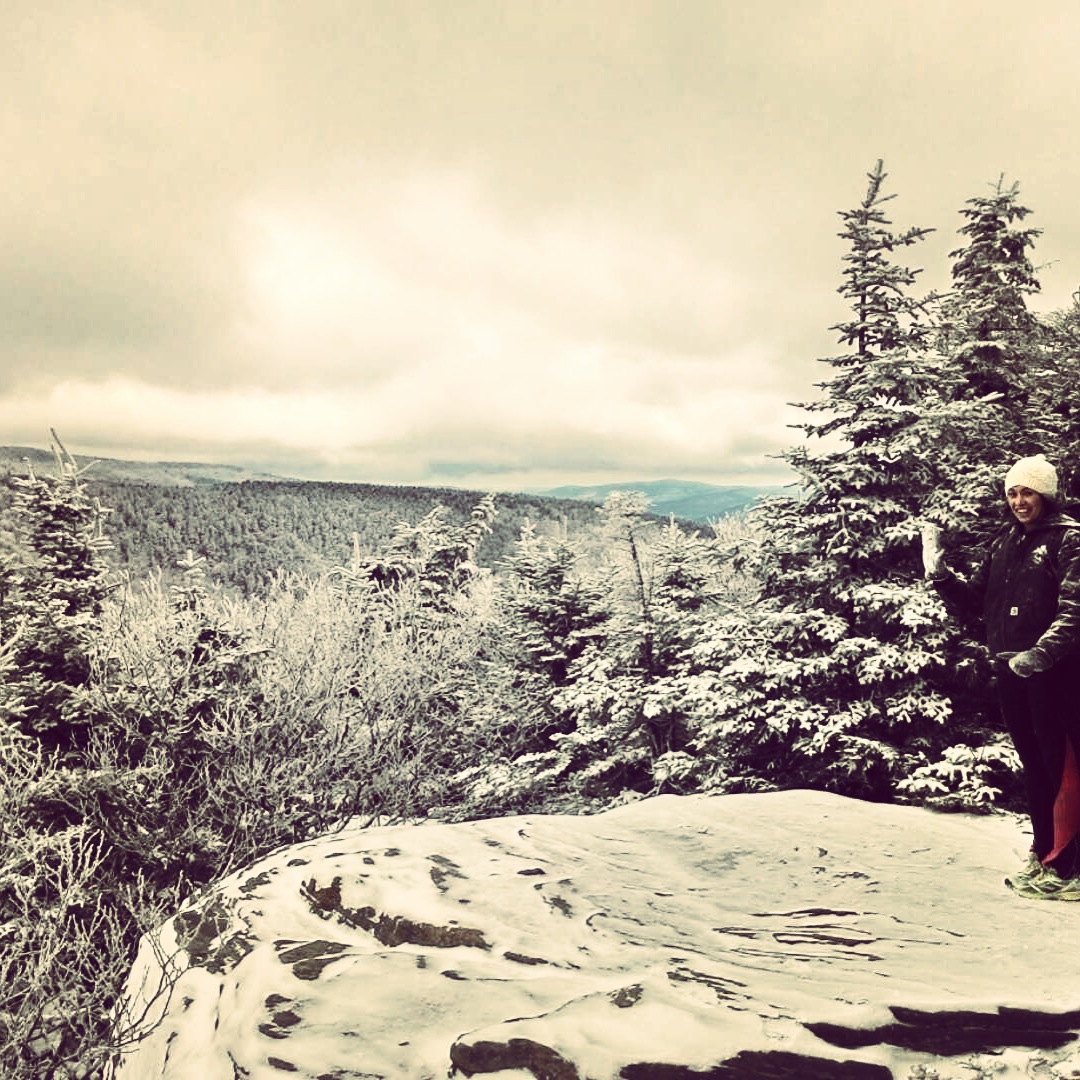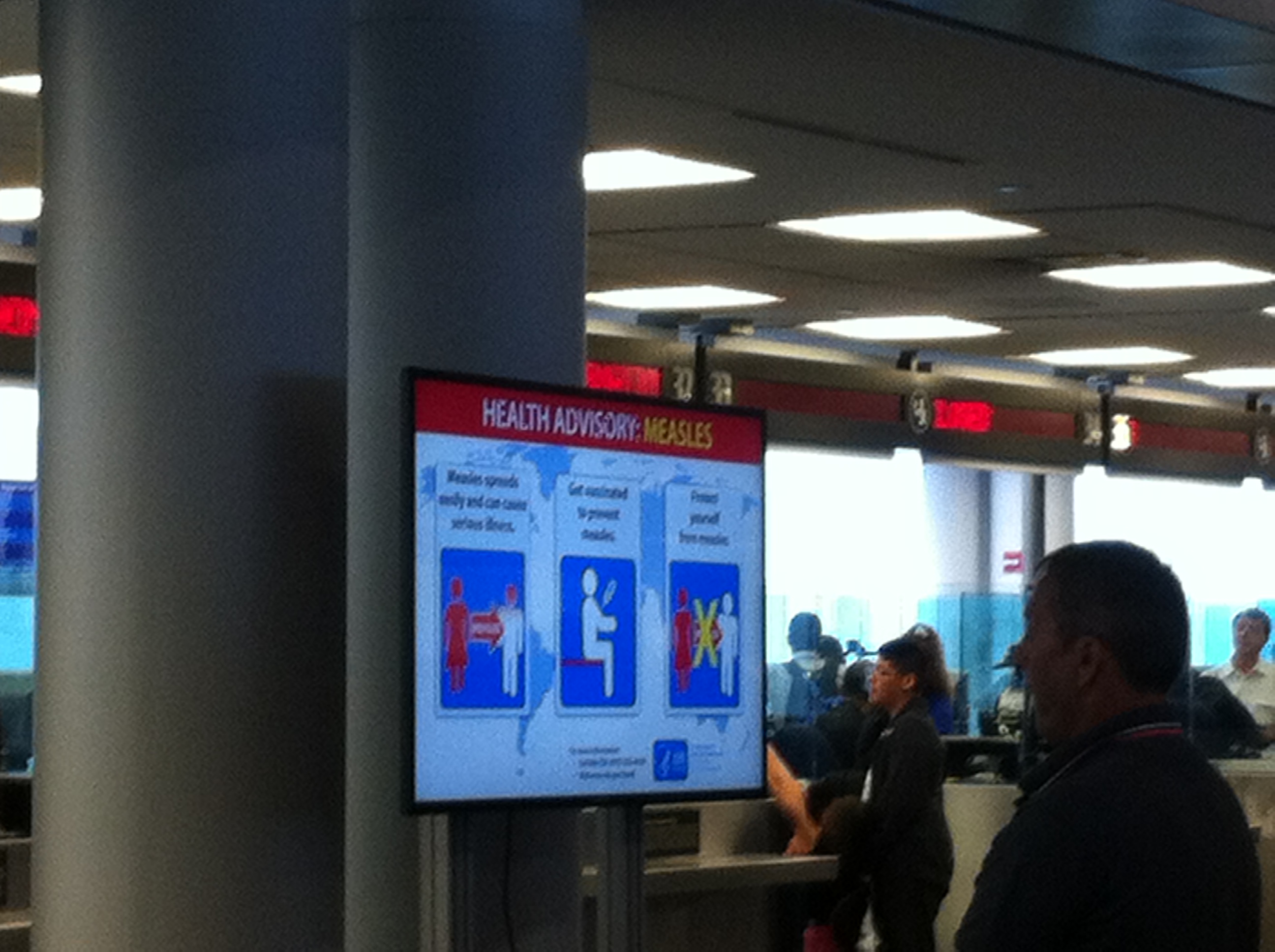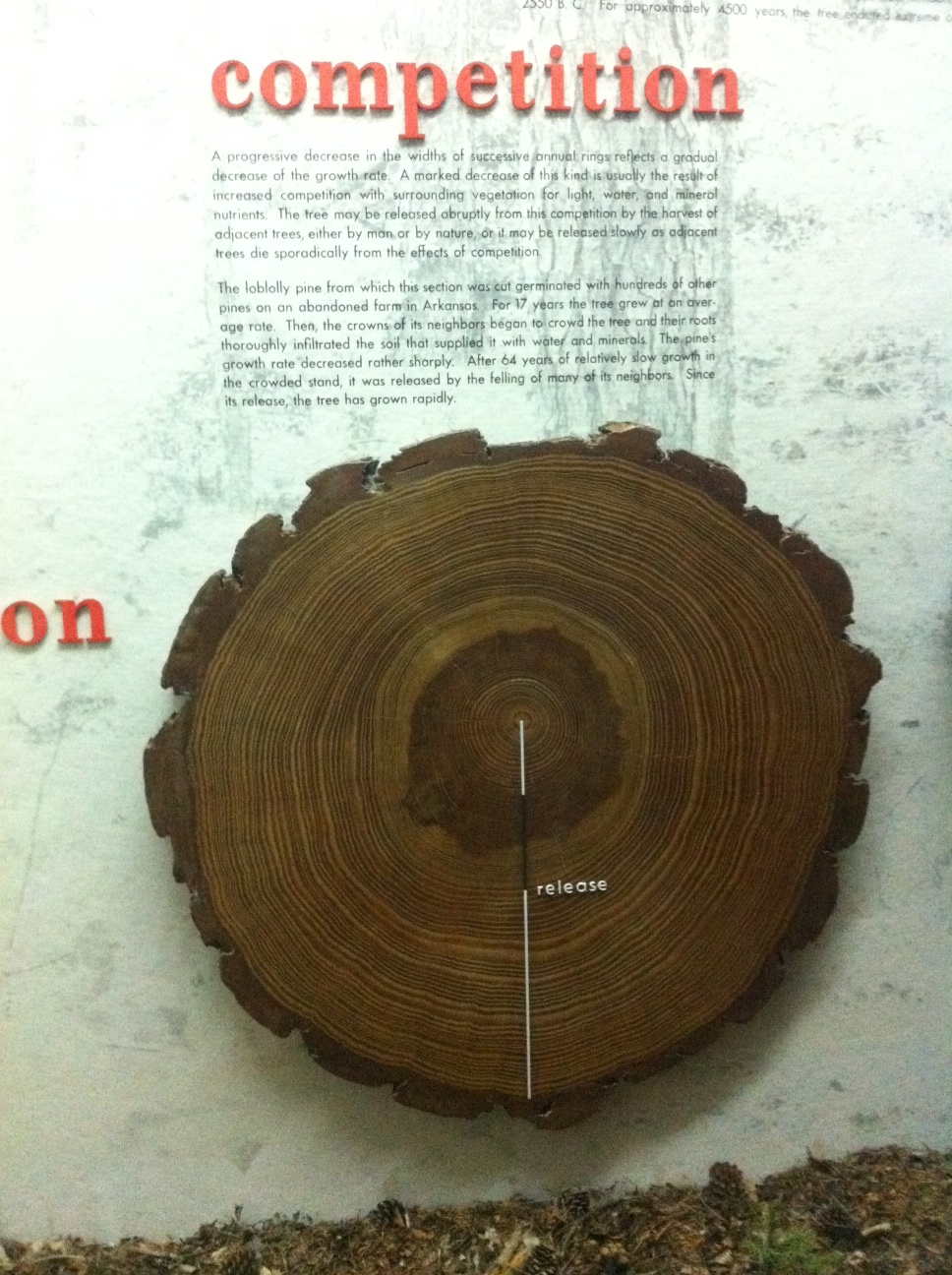Last Friday I got a copy of an email from David Paccioli who is writing an article about Andrew and his research. Since Andrew was on I-am-off-line-any-questions-please-email-my-assistant status, I looked into the email. David was hoping to use the story as front cover article, and he was sending a picture of an insect (which he assumed was a mosquito) that he wanted to use on the cover of the magazine.
I looked at the photograph and wondered, “Hmm, is this really a mosquito, and if so, what kind?” In high school in Venezuela we studied the anopheles because at that time there still was malaria in the country. I vividly remember the image, and this “thing” didn’t look much like it. However, I wondered if, due to evolution (it’s been forty years!) maybe nowadays those critters look different. What do I know?
I printed out the picture (I have to mention in black and white for the benefit of the people I asked) and decided to find out. The first person to cross my path was Matt Ferrari. I stopped him and asked, “Matt, what kind of mosquito is this?” Matt, almost indignantly, replied: “ I work with VIRUSES!!!” I just laughed and said, “Oh well, excuse ME!”
Off I went to find someone else. Monica was at her desk. I showed her the picture and asked, “What kind of mosquito is this?” She looked at the pic and said, “I have no idea,” and when I turned around and saw Dave she said, “And don’t ask him, he wouldn’t know either.” Then she reconsidered, grinned and corrected, “Go ask him!”
I went to Dave and asked, “Dave, what is this?” He said, “A mosquito?” I replied, “But what kind?” Dave admitted, “I have no idea. All I can tell it is NOT a chicken!” At that time all of us were laughing. But I added: “Listen, guys, I am DEEPLY DISAPPOINTED in all of you. You are supposed to work on malaria and don’t even know what the transmitting mosquitoes look like!!!” (OK, Dave works on chickens, but anyway….)
So I thought: Elsa = Artemisinin = malaria = mosquito. Maybe she knows? Answer: No. Katey happened to be in the office, and she looked up some pics of malaria transmitting mosquitoes… they didn’t look much like the picture. Suggestion: contact the people at the insectary.
That’s what I did. Lillian replied to my email, “I am 99% sure this is a crane fly…” Wow! I immediately forwarded that email to Dave who must have been quite happy to get the news. Shortly thereafter Lillian emailed back confirming her identification and offered to have the photographer over to take some pics of the “real thing.”
I am a non-scientist and as such, I believed that people who research malaria would certainly know what the transmitter looks like. I never cease to wonder at all that I don’t know and all that I think I know and isn’t correct! I love working here because I learn so much. My days here are filled with daily discoveries that, while amazing to me, may be common knowledge to others. It makes my work quite enjoyable.


